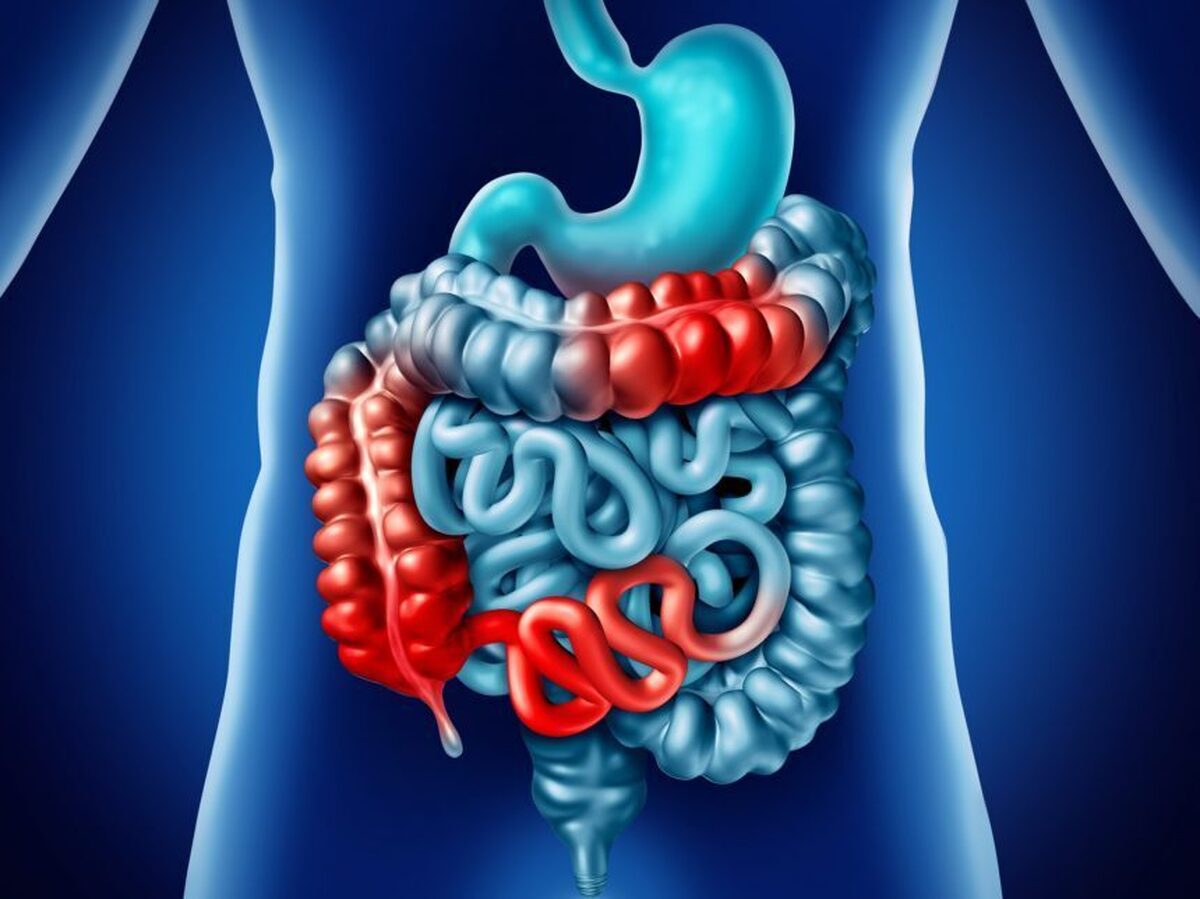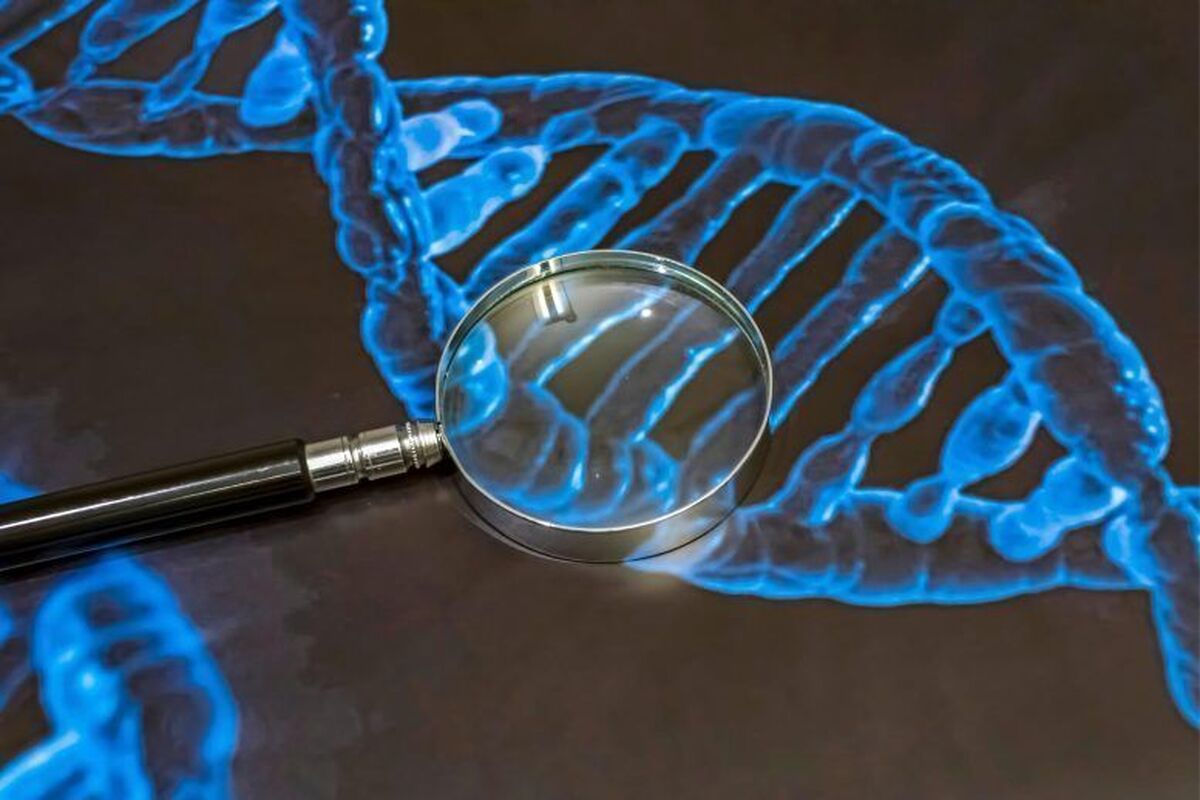Iranian Scientists Treat Leukemia with Gene Therapy

‘Gene therapy’ by the method of ‘CAR T-cell therapy’ is the newest way for cancer treatment in the world which is now in the final stages of development in Iran with the efforts of professors of Tehran University of Medical Sciences and the researchers of an Iranian knowledge-based company; merely two multinational companies in the world had earlier offered this treatment method and this know-how has been indigenized in Iran with the efforts of the country’s researchers.
Amir Ali Hamidiyeh, the secretary of the headquarters of Stem Cell Technology Development and Regenerative Medicine of the Iranian Vice-Presidency for Science, Technology and Knowledge-Based Economy, elaborated on the Iranian scientists’ success in treatment of leukemia with gene therapy, and said, “The future of medicine is regenerative medicine which includes cell therapy, gene therapy, and tissue engineering.”
“In the near future, these methods will be used to resolve the problems of patients infected with incurable diseases,” he added.
Hamidiyeh explained that it took nearly seven years for the Iranian scientists to reach this achievement, adding that for the first time a gene therapy product was used for a patient in Iran after passing cell studies, preclinical studies on animals and obtaining a license and code of ethics from Tehran University of Medical Sciences.
Tisagenlecleucel is a first-in-class, targeted immunotherapeutic agent in which the patient’s own T cells are collected through leukapheresis and sent to a manufacturing center. There they are genetically modified to include a new gene that contains a CD19 chimeric antigen receptor (CAR).
The CAR directs the T cells to target leukemia cells that have a CD19 antigen on the surface. Once genetically modified (offsite), the CD19+ T cells are reinfused by I.V. back into the patient to kill the leukemia cells after the patient has received myelosuppressive chemotherapy.
4155/v

























